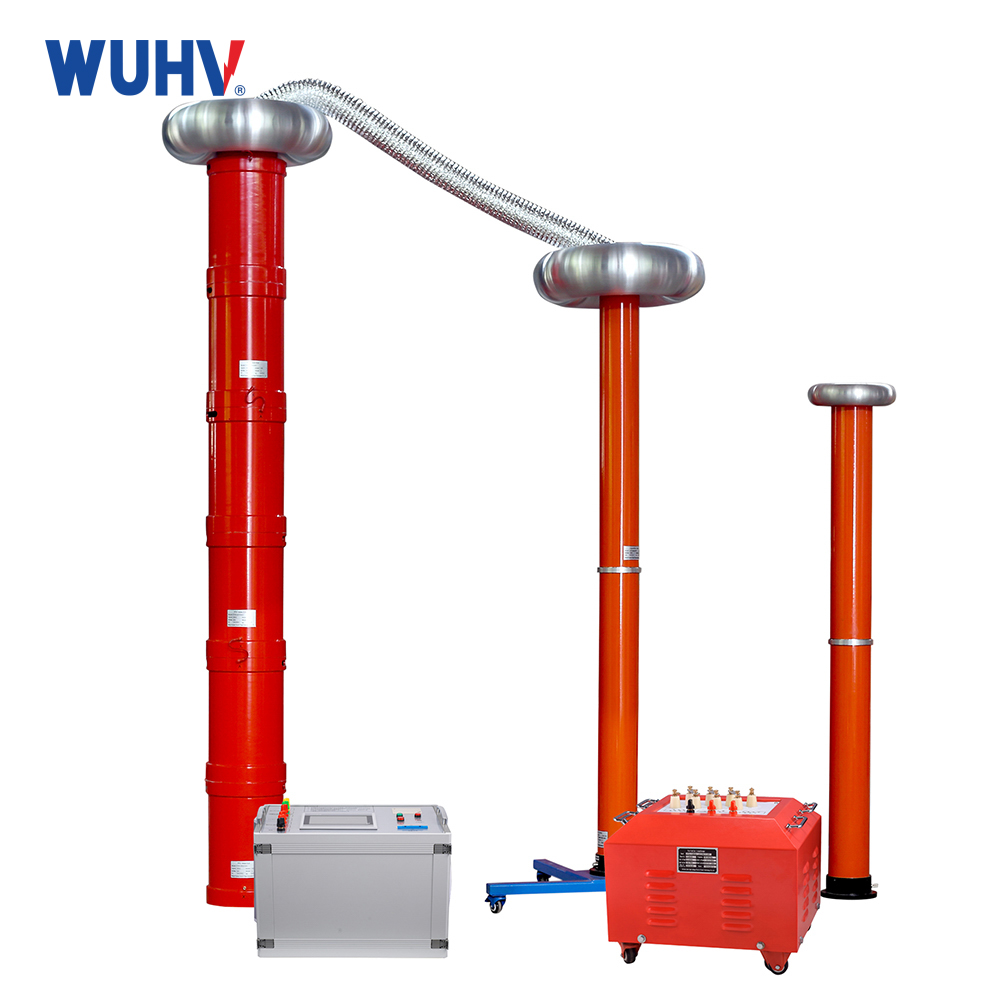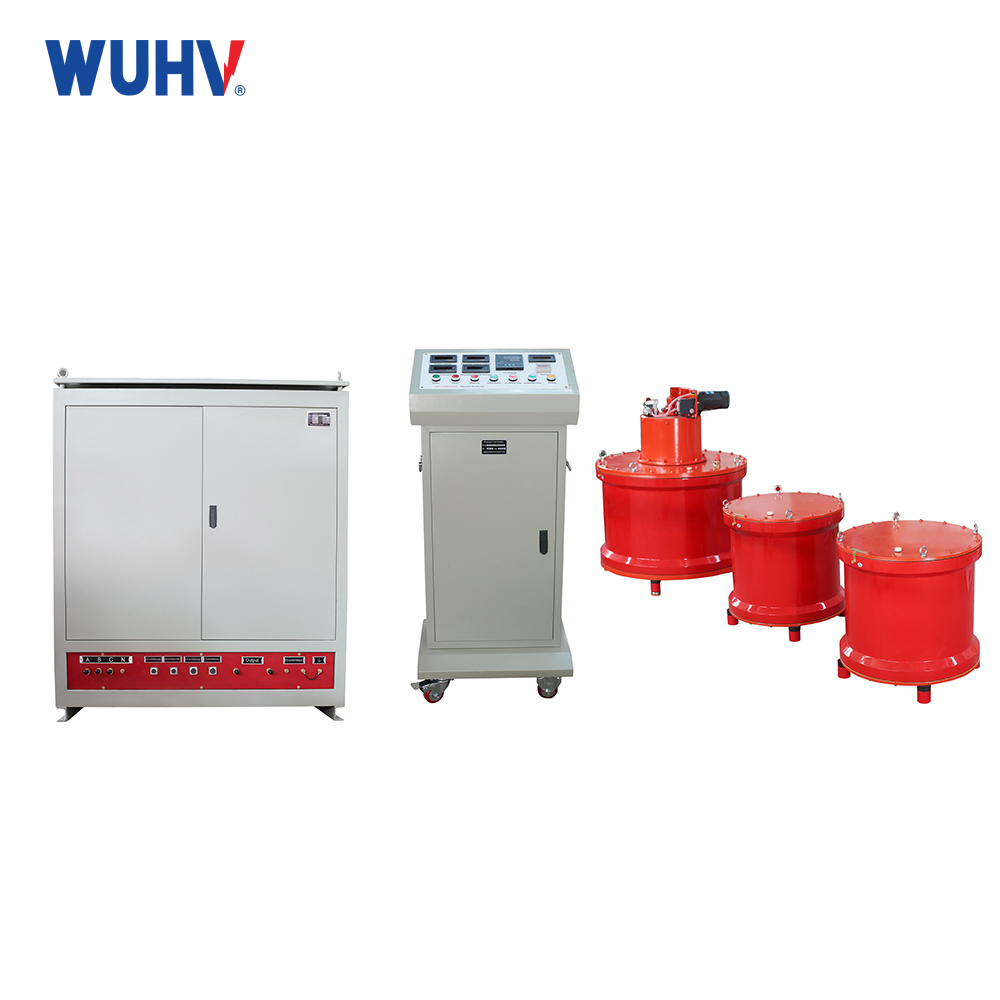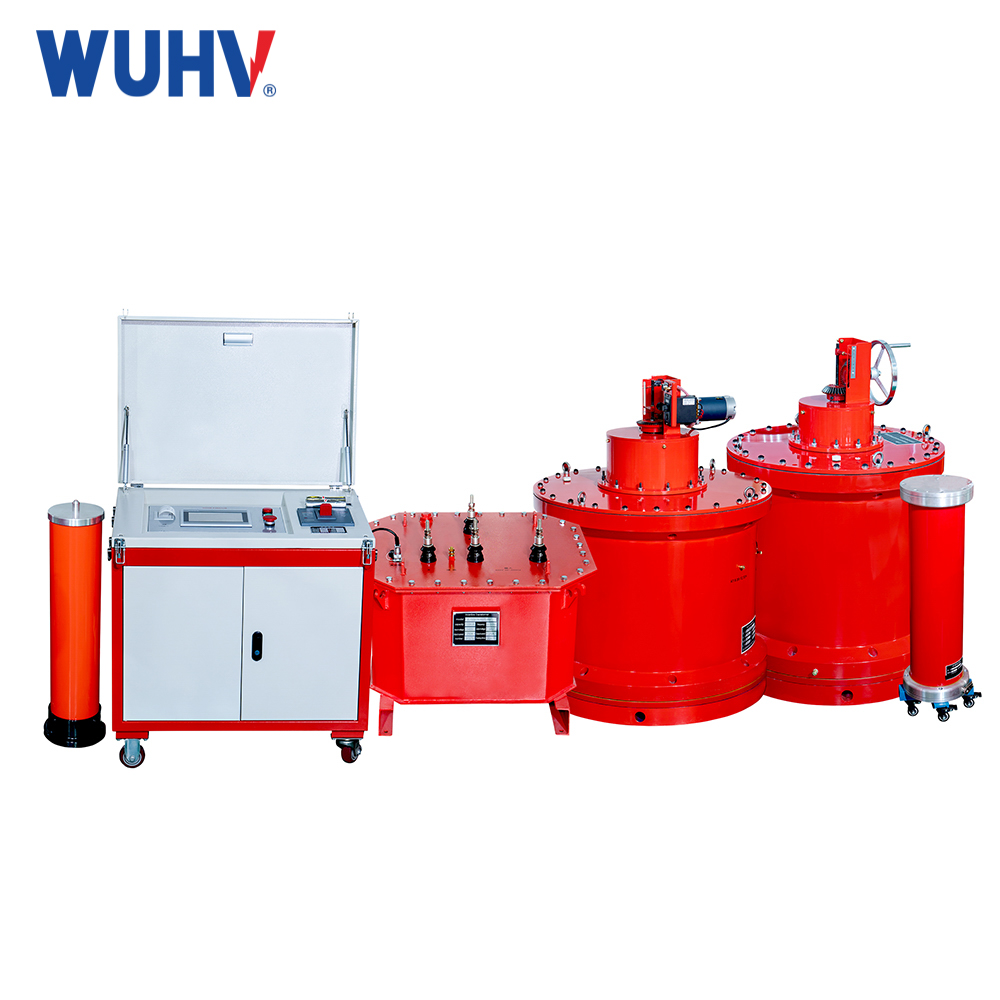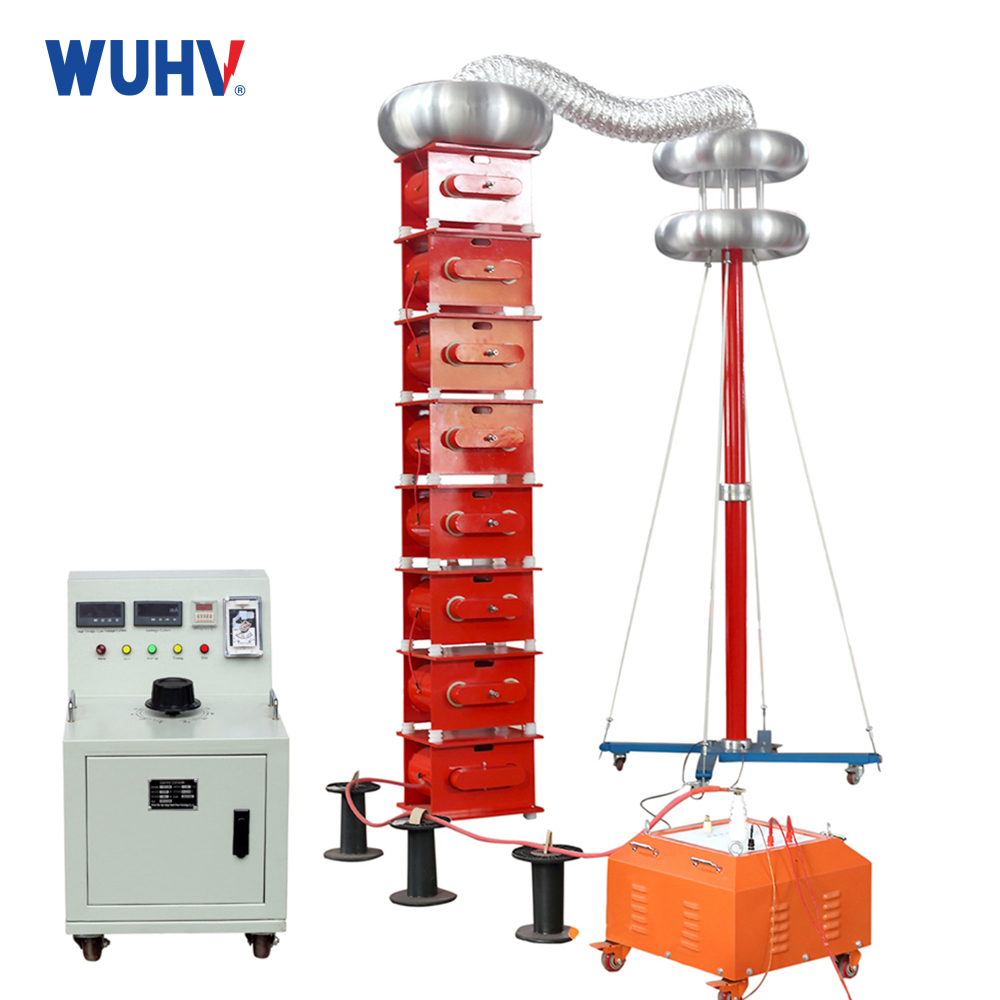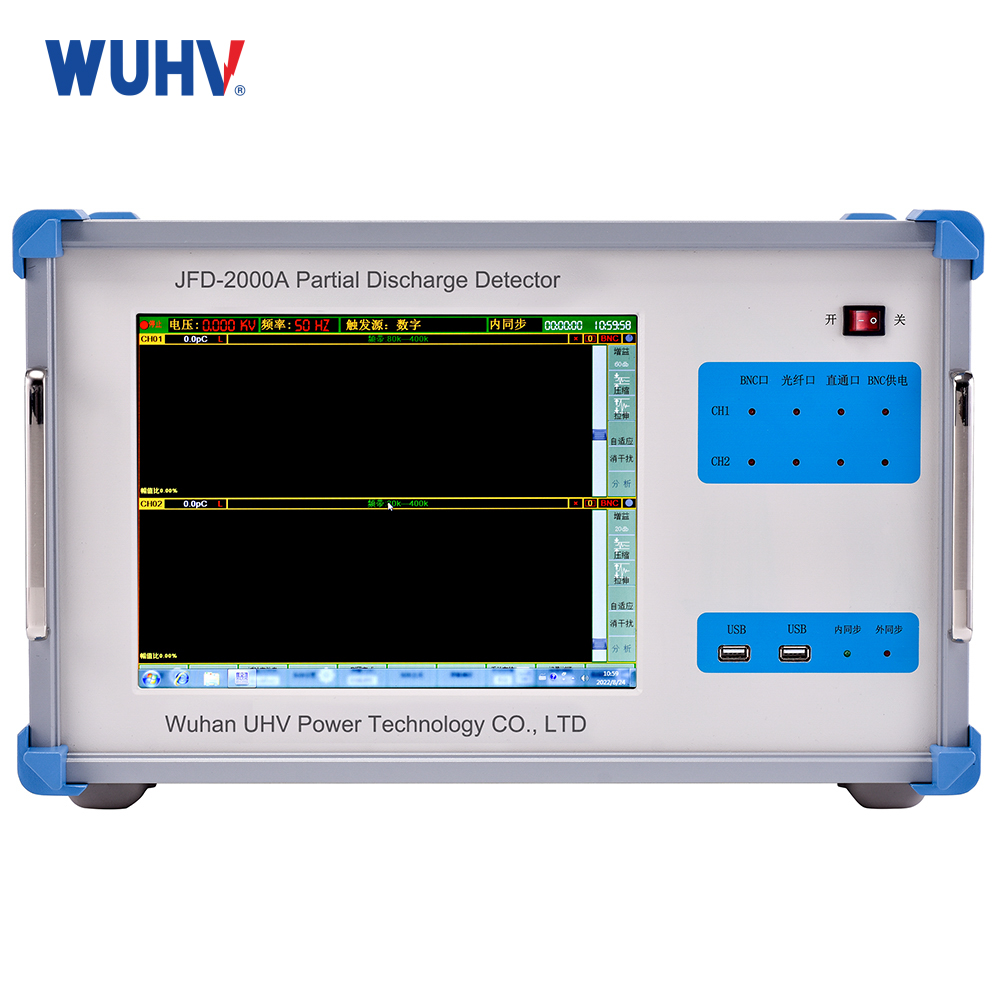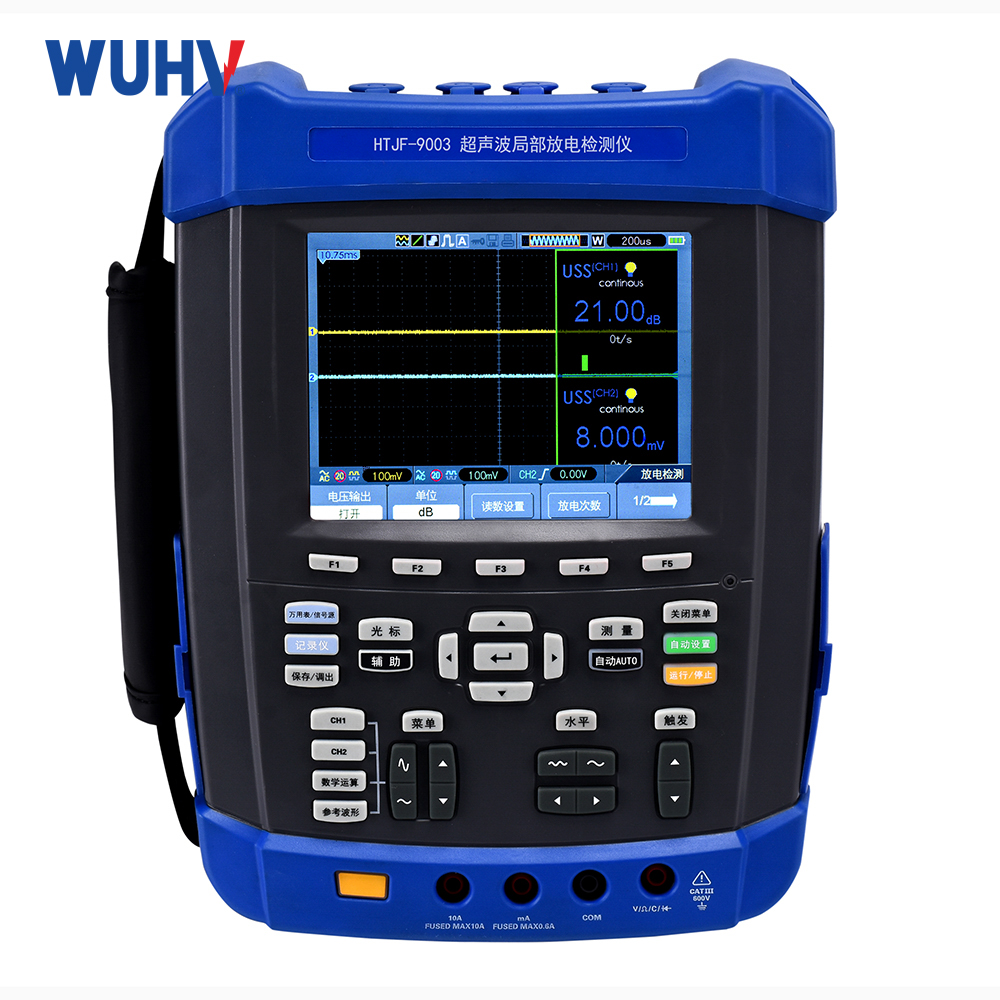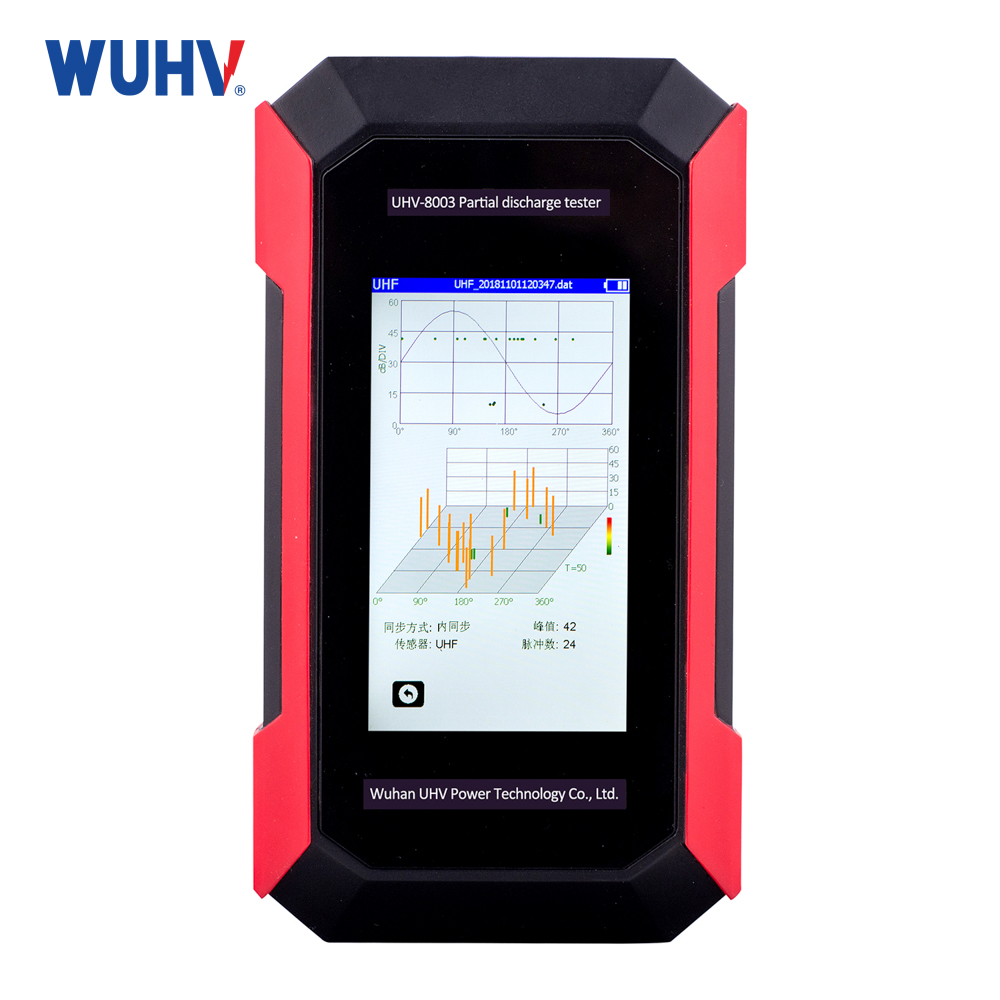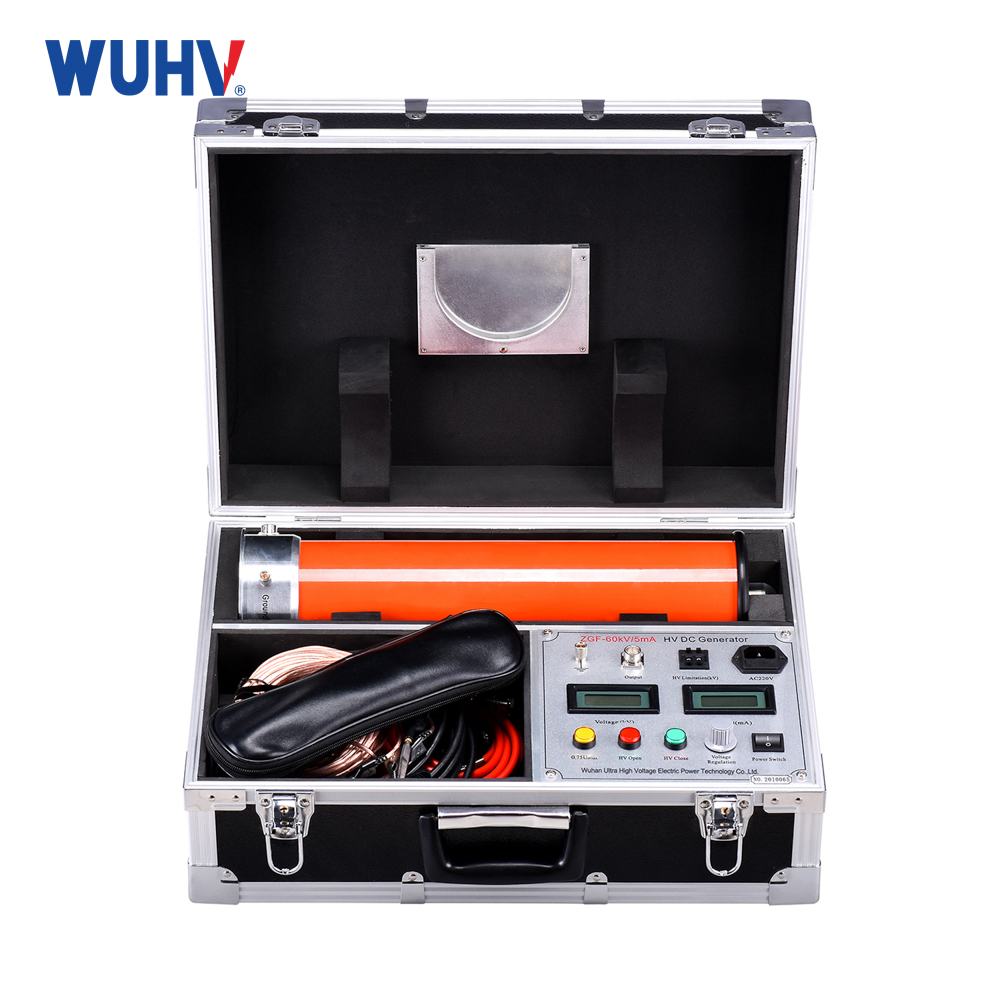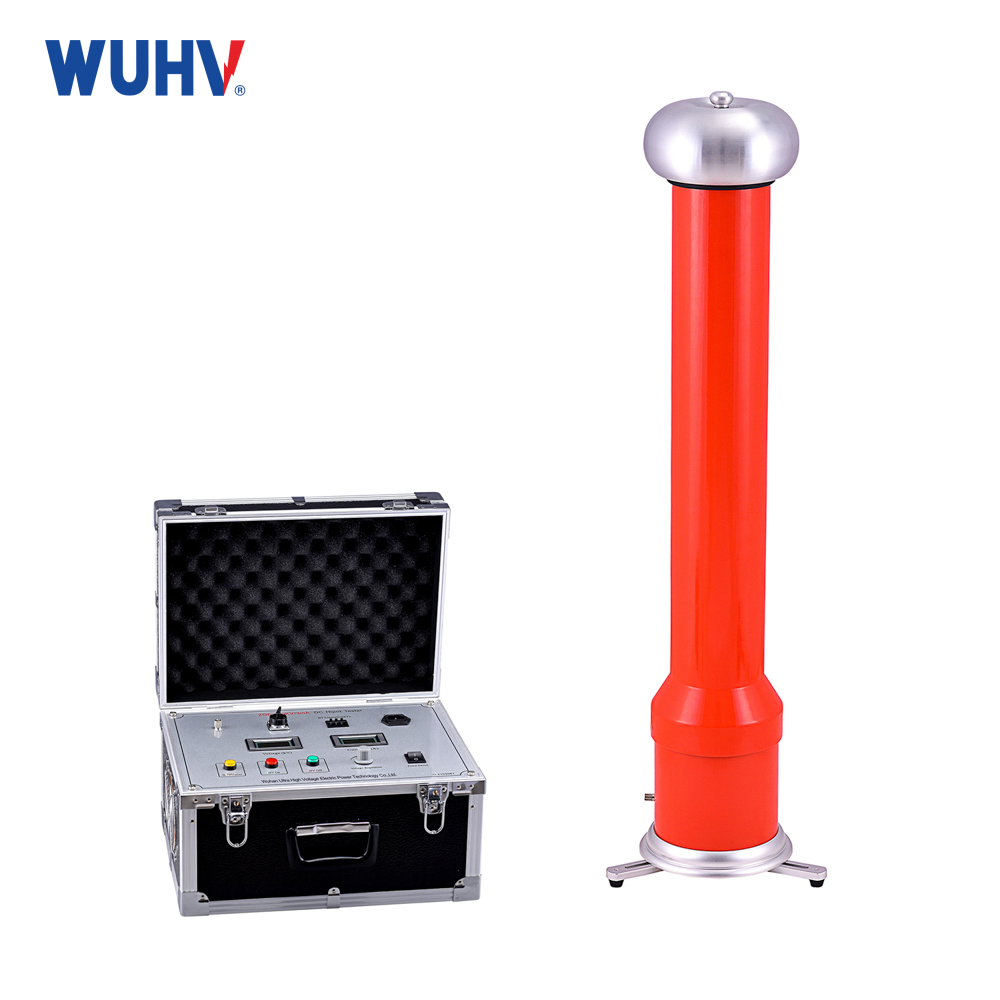The kinematic viscosity tester of Wuhan UHV can help many power workers to carry out various power tests more conveniently.
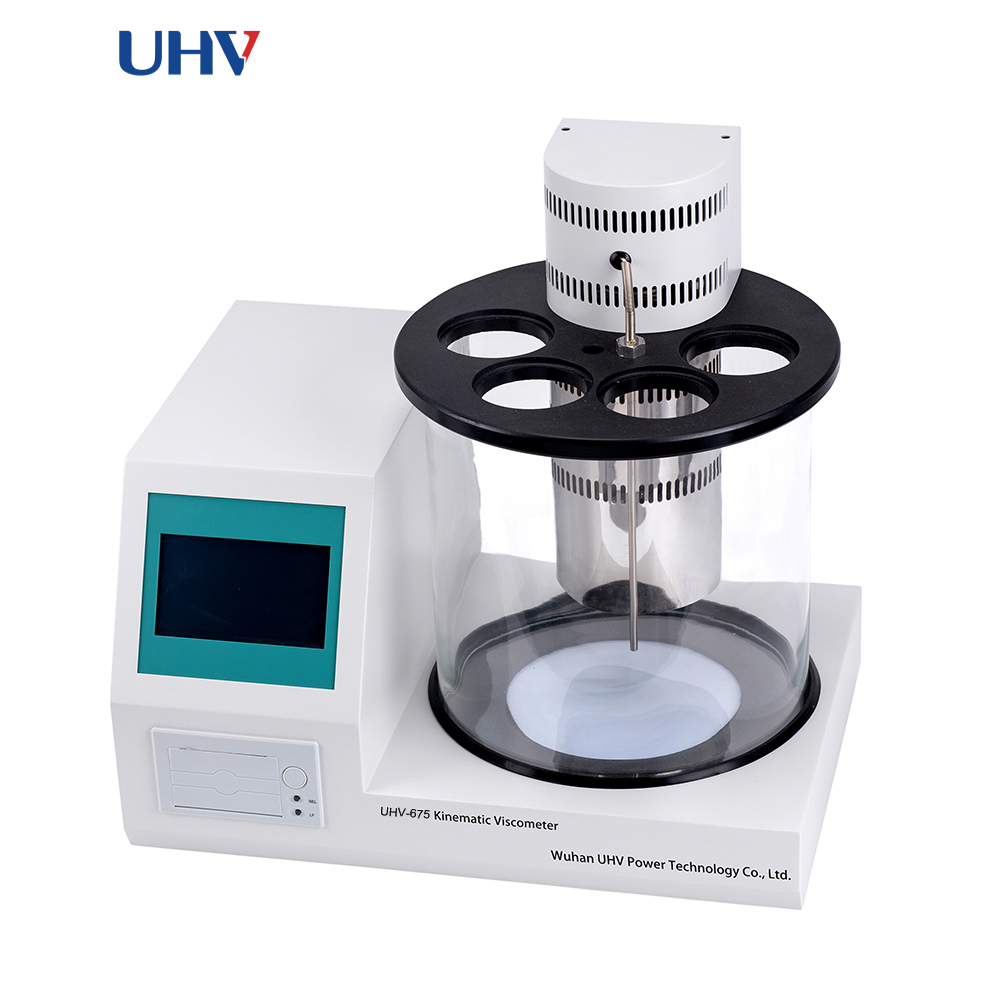
There are three measurement methods for viscosity measurement: dynamic viscosity, kinematic viscosity, and conditional viscosity.
1. Dynamic viscosity: the resistance generated when two liquid layers are separated by 1 cm, their area is 1 (square centimeter), the relative moving speed is 1 cm/s, and the unit is grams/mile/second. 1 g/cm·s = 1 equilibrium General: The industrial unit of dynamic viscosity is expressed in equilibrium.
2. Kinematic viscosity: When the temperature is T°C, the kinematic viscosity is represented by symbols. In the International System of Units, the unit of kinematic viscosity is ST, which is square meters per second.) means that the unit is millimeters per second (i.e., 1CST = 1M2/s). Kinematic viscosity is widely used in the viscosity determination of liquid petroleum products such as jet fuel, diesel, and lubricating oil, dark petroleum products, post-use lubricating oil, crude oil, etc. The kinematic viscosity is measured using the counter-current method.
3. Conditional viscosity: refers to the viscosity expressed in conditional units measured by different specific viscometers. There are three types of conditional viscosity that are commonly used in various countries:
1. Ennstler viscosity is also known as Siegler viscosity. This is the ratio of the time (seconds) it takes for a certain amount of sample to flow out of a 200 ml sample from an Ennstler viscometer at a given temperature to the time (seconds) it takes for distilled water to flow out of the same volume at 20 °C. At temperature T, the EZ viscosity is represented by the symbol ET, and the EZ viscosity unit is the conditional degree.
2. Cyber viscosity, that is, cyber viscosity. This is the number of seconds it takes for a certain amount of sample to flow out of a Sablt viscometer at a specific temperature, in "seconds", at a temperature of 200 ml. Sabo viscosity is divided into total sand wave viscosity and sand wave heavy oil viscosity or sand wave viscosity.
3. The viscosity of Reinhardt is the viscosity of mahogany. It is the number of seconds it takes for a certain amount of sample to flow 50 ml out of the fortification table at a given temperature, expressed in "seconds". The viscosity of Reinhardt is divided into 1 and 2.


